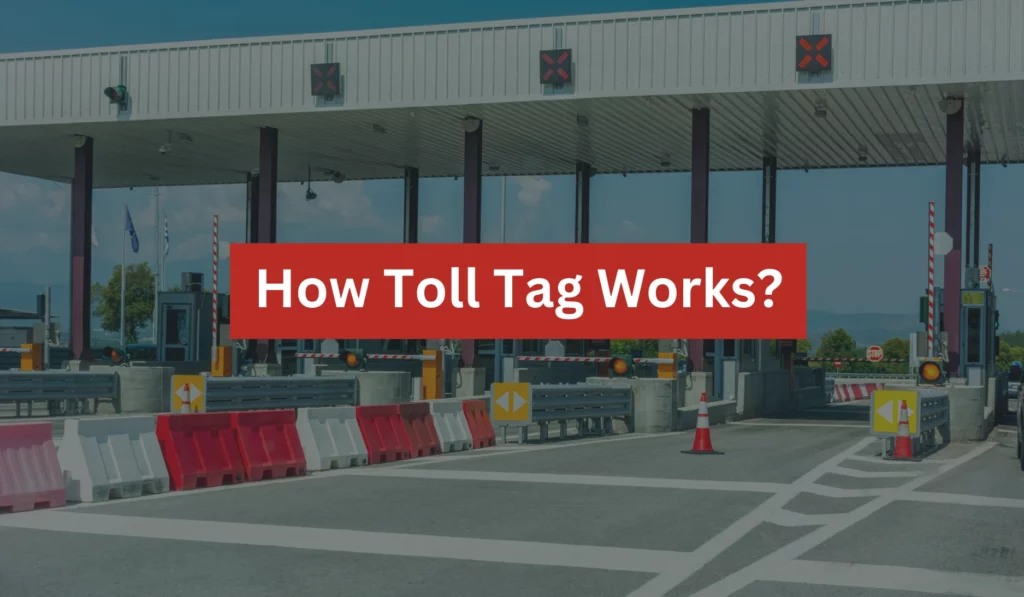When passing through a toll booth, have you ever found yourself curious about the mechanism behind the tags? You are not alone in this. Many American commuters wonder what toll tags are, how toll tags work, and how they could be used. In this article, I’ll describe toll tags and how they work in the United States. We’ll discuss how the Texas Department of Transportation handles tolls, the distinction between toll roads and freeways, and more.
Table of Contents
What are Toll Tags?
To pay for tolls, commuters must use toll tags, a sticker fastened to the windscreen of their vehicles. They can be used to pay tolls on most bridges and highways, usually issued by the state or local government.
Radio Frequency Identification (RFID) technology is used in toll tags to track when a car passes through a toll booth. After that, the toll is automatically taken from the user’s account, which is connected to the toll tag.

How do Toll Tags Work in the US?
Toll tags are primarily provided by state or local governments in the United States of America and are used to pay tolls on major highways and bridges. RFID technology detects when a vehicle goes through a toll plaza. The toll is automatically deducted from the user’s account, so he or she does not need to stop to pay the amount physically. The toll tag also records vehicle information, including make and model, which can be used later for traffic monitoring and research.
Typically, the state or local government issues and charges an annual fee for toll tags. Usually, the amount is small and is used to cover the toll tag cost and the maintenance of the toll system.
Toll Roads vs Free Ways
Toll roads are the roads that require vehicle owners to pay a fee to use them. Commuters must pay a fee to use these roads that charge a fee. In most cases, the cost is determined by the distance traveled as well as the kind of vehicle used. These roadways, on the whole, are kept in good condition and have short wait times for cars traveling on them.
On the other hand, vehicles do not pay to use freeways; they are typically well-maintained and see very few traffic delays. Toll roads are often more expensive than freeways, but they could be well worth the money for commuters who wish to avoid traffic and have a more enjoyable driving experience.
Role of the Texas Department of Transportation
The state’s government organization managing tolls and tags is the Texas Department of Transportation (TxDOT). TxDOT is in charge of providing toll tags and obtaining toll payments from vehicles that utilize toll roads. You can get a TxTag from the txtag.org website.
Additionally, TxDOT supervises the management and maintenance of toll roads, including ensuring that tolls are appropriately collected and that the streets are kept in good condition.
Toll tags are a practical way to pay for tolls in the US. They automatically debit tolls from users’ accounts and gather vehicle information using RFID technology. Toll roads can be suitable for drivers who wish to avoid traffic jams and prefer a smoother ride, even if they are often more expensive than accessible routes. The Texas Department of Transportation manages the state’s tolls and toll tags.
Understanding how toll tags function can help you save time and money on toll roads regardless of the type of car you drive. Consider how toll tags operate and how they simplify your life the next time you pass through a toll road.
